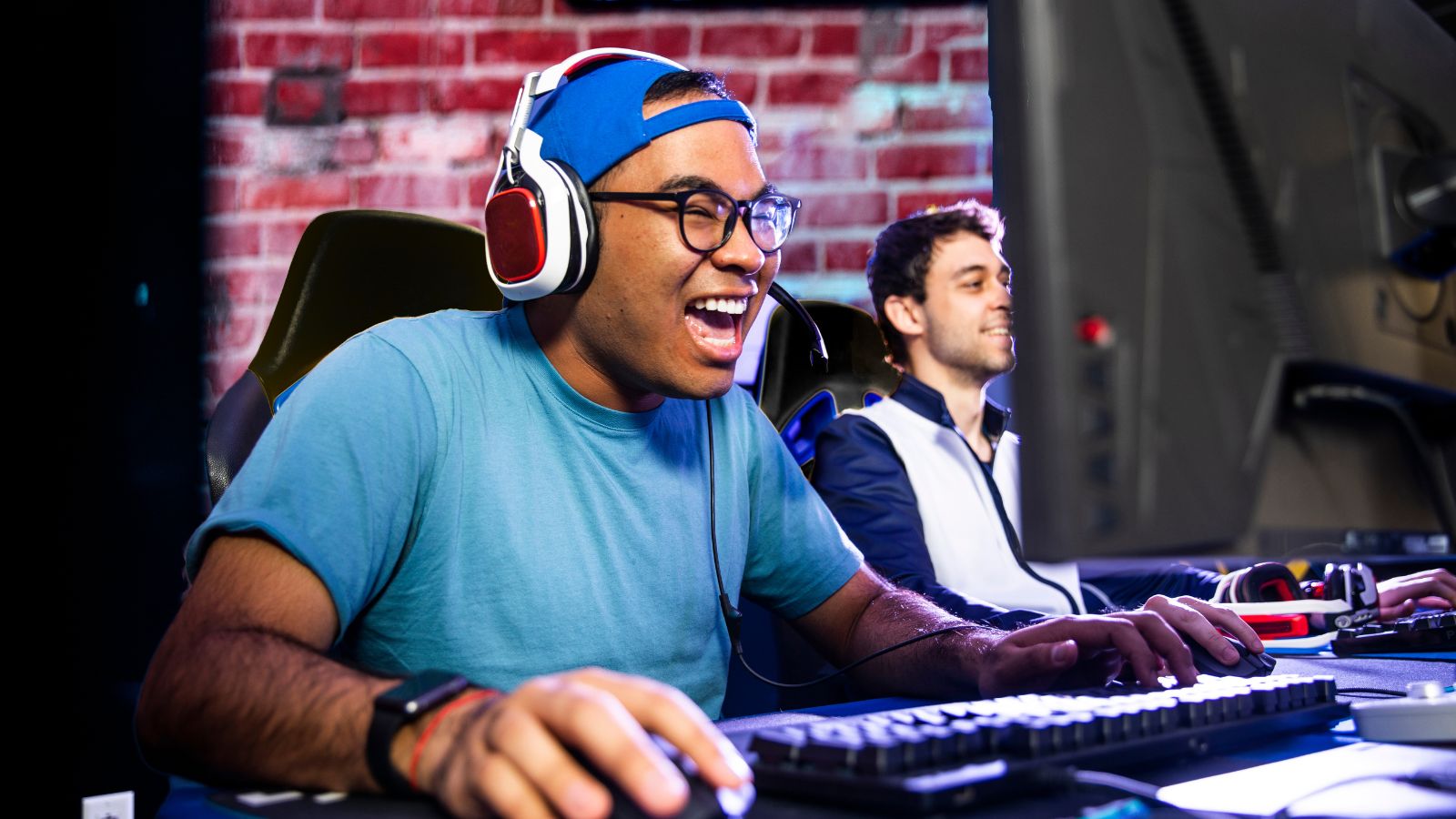The CS2 trading system is completely integrated into Steam; it is managed via the Steam inventory and trade system rather than being a complex in-game feature. Your inventory includes every skin, case, sticker, and item you open or purchase from the store. If it’s tradable, you can now offer another player an exchange. They choose what they’re providing in exchange for what you’re offering.
It is entirely community-driven and has no fixed costs. Third-party websites can be used to verify market value, float, and pattern in this situation. Steam handles the actual trade, but you handle the sniping, negotiating, and flexing. A game of pure economy. Many players even refer to this as the CS2 skin exchange — a marketplace built by the community, for the community.
Who or What Shapes The Skins’ Value?
So first off, rarity. The rarer the skin, aka how low the drop chance is when opening a case, the higher the value. Knives, gloves, and red skins are all in the “hard to pull” tier. But just being rare isn’t enough; you’ve got float value. A Factory New skin is always gonna sell higher than the same one in Well-Worn. But wait, it gets spicier. Pattern ID can send a skin’s value to the moon. That’s a collector’s item, my guy.
Then you’ve got stickers and crafts, which is a whole other beast. A cheap skin with expensive, rare stickers can suddenly be worth hundreds or even thousands.
But none of this means anything without demand. The CS2 market is fully driven by what players want. If a skin fits the current meta, streamers are flexing it, or it just looks clean in new lighting, the price climbs. Add in trading site trends, YouTubers hyping something, or even Valve releasing/removing cases, and boom, market shifts overnight. It’s like economy rounds in MM. The value changes fast, and you gotta know when to buy, sell, or hold.
CS2 Skin Exchange System
Trade Bans & Market Cooldowns
These things hit the market harder than a triple-nade stack on Banana. Whenever Valve drops a 7-day trade hold, especially for new skins or items purchased on the market, it slows down everything. Traders can’t instantly flip, bots can’t auto-resell, and momentum dies. What does that do? It artificially locks up supply, so if a skin is hyped, but no one can move it for a week, the price shoots up for the few that are already out and tradable. It’s fake scarcity, but it works. And if someone gets trade banned, their skins are basically frozen in time, can’t sell, can’t swap, can’t even flex. It lowers active supply, especially if it’s a big inventory, and the market starts panicking like it’s overtime on Ancient.
Float Sniping
This is where the nerds eat. You’re not just looking for a skin anymore, you’re hunting for a specific skin that 0.0001 float Factory New, or the perfect pattern on a skin. People use sites or extensions that scan every listing the second it drops to snatch these god-tier floats. ‘Cause low float means prestige. It’s like pulling a StatTrak on a one-tap not needed, but chef’s kiss. And some collectors pay an insane overpay to make this skin exchange happen. You see a Talon Knife Doppler FN 0.008 with a rare phase? That’s not just a skin, that’s a fabulous piece with limited copies in existence. Float sniping shapes the top end of the market, creates micro-markets inside each skin tier, and gives birth to absolute demons who live for that decimal point.
 About Trading System
About Trading System
All these mechanics push people to think like traders, not just players. You’re not just buying a skin because it looks cool, you’re checking if it’s liquid, if it’ll hold value, if it’ll rise after a case gets vaulted, or if you can quick-flip it before a market crash. Players start to invest in skins like they’re buying stocks. And when Valve does stuff like release new cases with low float caps, or patch trade cooldowns, or ban bot accounts? The whole market shifts. That’s why you have to study the CS2 Market constantly.
Conclusion
The commerce system generates skin value rather than simply sustaining it. Every price spike, hype cycle, and arbitrary flex sticker craft that causes a vanilla skin to suddenly increase in value by five times is caused by the unseen hand. Skins are only digital stickers without it. Along with it come investments, a sense of self, and a fully developed culture.

 About Trading System
About Trading System